Positive signals
In 2024, the Prime Minister chaired a National Conference to listen to opinions from businesses, industry associations, reports from the Ministry of Construction and ministries, branches and localities on the current situation of the construction materials industry in our country and analyze and assess the actual situation to direct the tasks that need to be performed. Based on the results of the discussion and consensus at the conference, the Prime Minister issued Directive No. 28/CT-TTg dated August 26, 2024 on a number of solutions to remove difficulties and obstacles, promote the production and consumption of cement, iron, steel and construction materials.
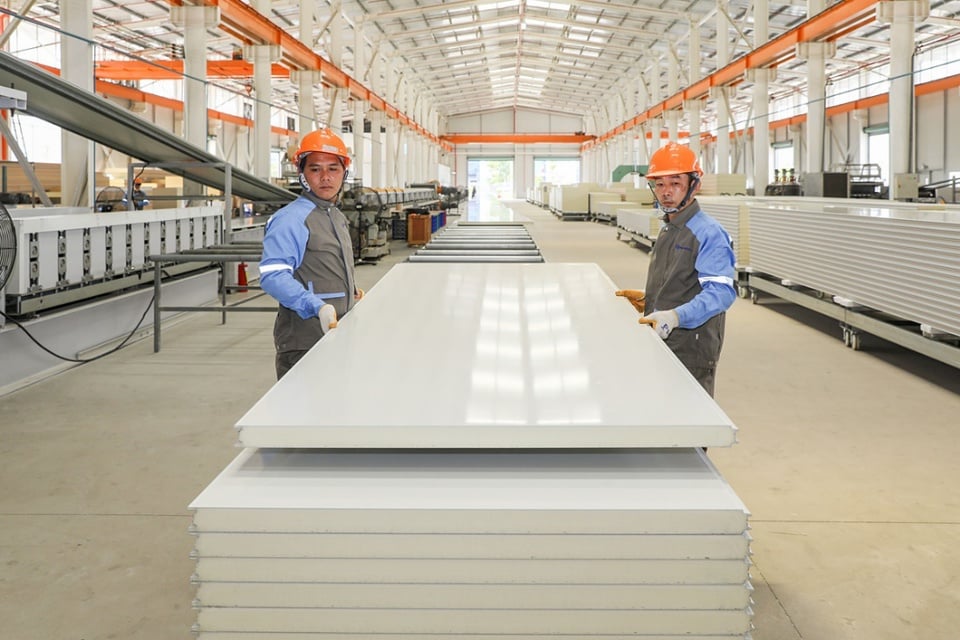
In particular, reviewing mechanisms, policies and institutions to encourage investment in the development of the construction materials industry quickly and sustainably, serving the production and business of enterprises, contributing to the socio-economic development of the country. Restructuring debt repayment terms, adjusting and reducing lending interest rates; studying and adjusting tax policies on the export of cement clinker products to ensure competitiveness with countries exporting this product, and at the same time being consistent with the Comprehensive and Progressive Agreement for Trans-Pacific Partnership (CPTPP) on not imposing export taxes on goods from countries that have signed...
After Directive No. 28/CT-TTg was issued, many localities have issued plans and programs to carry out assigned tasks; the business sector has actively and proactively implemented solutions to save energy, raw materials, fuels, production input costs, and reduce costs in intermediaries to improve capacity, competitiveness, and seek to expand product consumption markets. At the same time, ministries and branches have actively reviewed, researched, and perfected mechanisms and policies to implement assigned tasks in Directive No. 28/CT-TTg.
The Ministry of Construction has issued Circular No. 10/2024/TT-BXD on quality management of construction material products and goods to strengthen the quality management of products and goods in production, export, import, circulation on the market and during use.
From there, screen and clearly distinguish good quality construction materials and goods from poor quality ones to manage each group of subjects more accurately and effectively. Encourage the improvement of production and consumption of good quality construction materials and goods and promptly handle violations (if any) of organizations and individuals producing and trading in quality construction materials and goods that do not meet technical standards and regulations; specifically and transparently regulate the distinction between construction materials and goods (group 2) that can cause unsafety in terms of construction quality, health, and the environment from ordinary construction materials and goods that cannot cause unsafety (group 1) and link with customs laws (applying commodity codes, applying export tax rates, import tax rates, etc.).
Market consumption will increase.
According to the report, by 2024, the total production capacity of Vietnam's key construction materials will have grown to about 120 million tons of cement, 830 million m2 of tiles, 26 million sanitary ceramic products, 330 million m2 of construction glass, 20 billion fired clay bricks, and 12 billion unfired bricks (standard). Of which, the output of cement and tiles is among the top in the world, and the quality of construction materials is guaranteed to meet international standards. The total annual revenue of the construction materials industry, including construction steel, is estimated at about 50 billion USD, accounting for nearly 12% of the national GDP.
However, the fast-changing, complex and unpredictable world and regional situation may cause impacts on the production and trading of construction materials. In particular, the remarkable development of science and technology is requiring the promotion of the production and manufacture of advanced materials, materials with higher performance, and environmentally friendly materials...
Head of Product Research and Development Department of VCC International Investment and Trade Joint Stock Company Nguyen Hai Nam shared that Vietnam's construction industry has been making an important contribution to the country's economic growth. However, construction activities also cause many negative impacts on the environment, accounting for 38% of global emissions. The use of cement and adhesives such as formaldehyde and PU are factors contributing to air pollution, so finding green solutions is inevitable.
Currently, the company is researching and developing lignin glue (an organic polymer, accounting for 10 - 30% of plant biomass), a sustainable alternative solution, helping to reduce CO2 emissions during the production process, taking advantage of waste from the paper industry and having diverse applications in the construction industry such as plywood industry, paper and packaging industry, construction, cement, textile and dyeing industry, farming and livestock farming...
"Vietnam has abundant lignin raw materials from the pulp and biomass industry to develop domestic glue technology. Therefore, there needs to be cooperation between enterprises - the State and research institutes to put lignin glue into mass production, reduce costs and promote the green construction industry" - Mr. Nguyen Hai Nam said.
Regarding market demand, Deputy Director of the Department of Science, Technology, Environment and Construction Materials (Ministry of Construction) Le Van Ke said that in 2025 and the coming years, our country will continue to deploy the construction of the North-South expressway system with the goal of reaching 3,000km by the end of 2025, 5,000km by the end of 2030 and about 9,000km by the end of 2050; key national traffic works and projects such as Ho Chi Minh Road, Ring Road 4 - Hanoi Capital Region, Ring Roads 3, 4 Ho Chi Minh City, high-speed railway on the North-South axis, urban railway lines, Long Thanh International Airport; Many projects on energy, irrigation, irrigation, industrial parks, economic zones, urban and rural social infrastructure works such as schools, hospitals, entertainment centers, resorts, hotels, restaurants...; construction of at least 1 million social housing apartments for low-income people and other housing construction programs and projects, along with the huge demand for housing of the people;... will have a huge demand for construction materials.
With synchronous solutions continuing to be deployed according to Directive No. 28/CT-TTg on perfecting policy mechanisms; applying science and technology and transforming industry production, especially green production; promoting the market, focusing on fighting smuggling, trade fraud, counterfeit goods; expanding domestic and foreign markets... Therefore, it can be predicted that the market for consuming construction materials products and goods in the coming time will increase to meet domestic construction needs and at the same time export to markets in other countries around the world.
By 2030, Vietnam aims to complete industrialization and modernization, basically becoming a modern industrialized country; among the top 3 countries in the ASEAN region in terms of industry. In the period 2030 - 2045, focus on prioritizing the development of new generations of the Information Technology and Telecommunications industry, high-end equipment, new materials, and biotechnology. By 2045, Vietnam will become a modern industrialized country.
Deputy Director of Department of Science, Technology, Environment and Construction Materials, Ministry of Construction Le Van Ke
Source: https://kinhtedothi.vn/don-bay-chinh-sach-ho-tro-nganh-vat-lieu-xay-dung.html




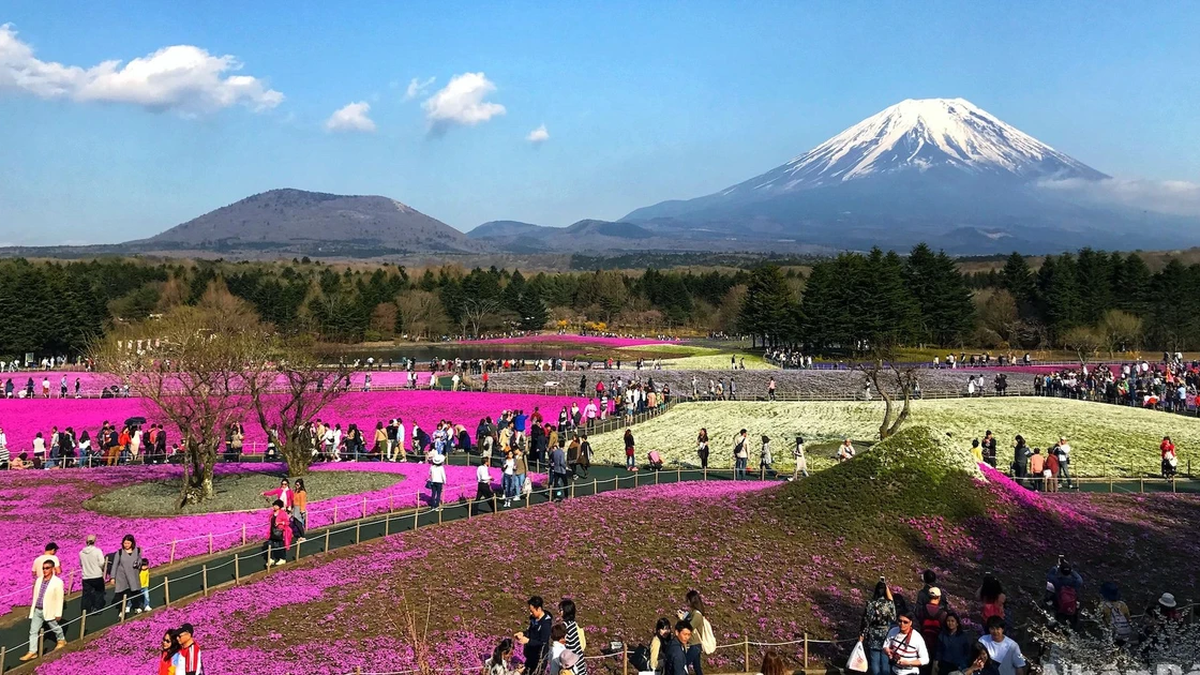

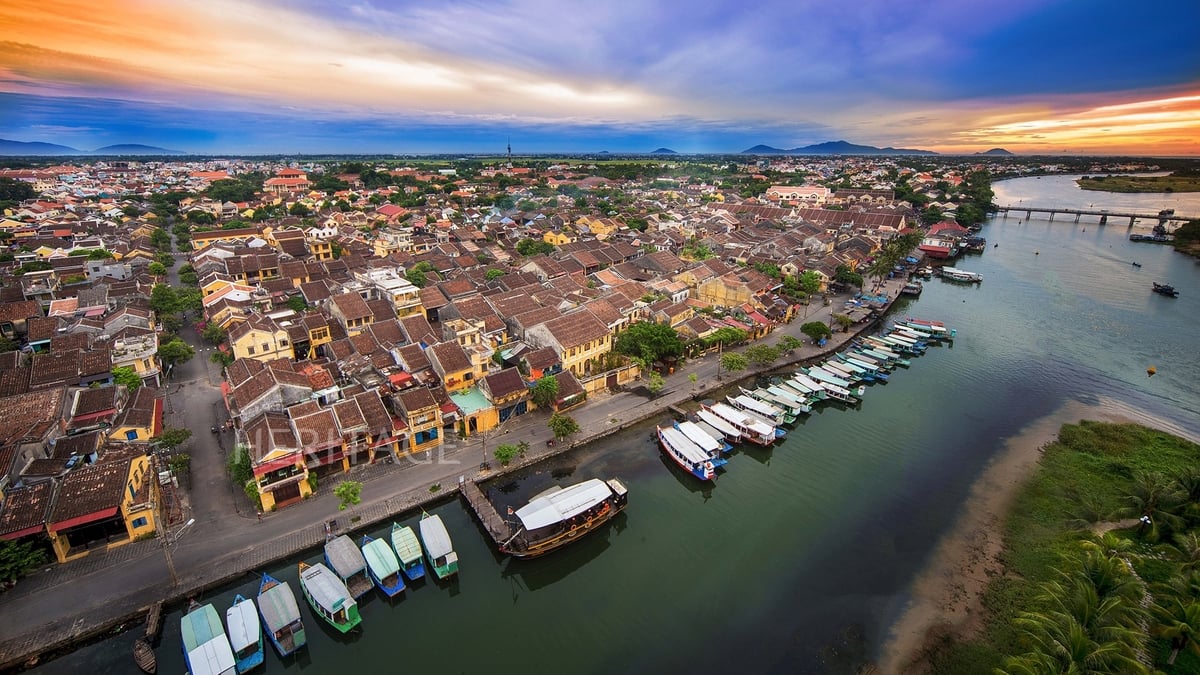



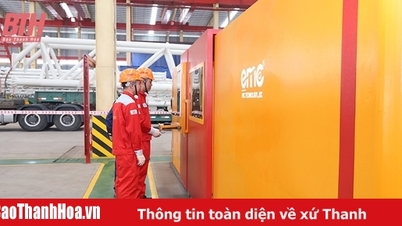



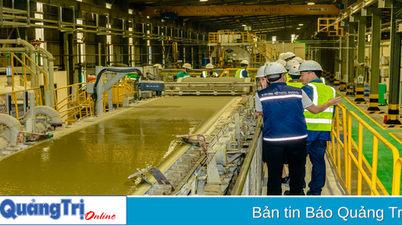



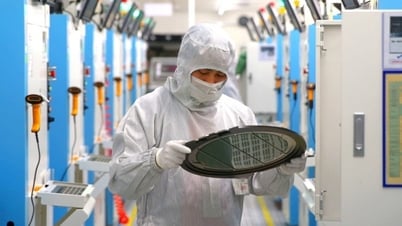

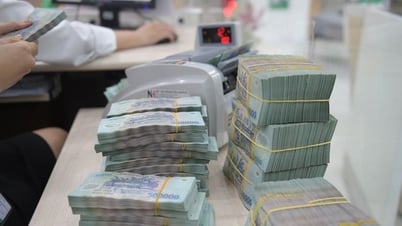

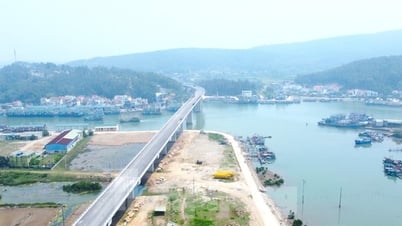









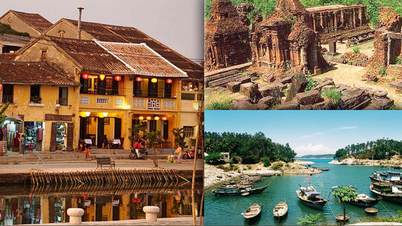

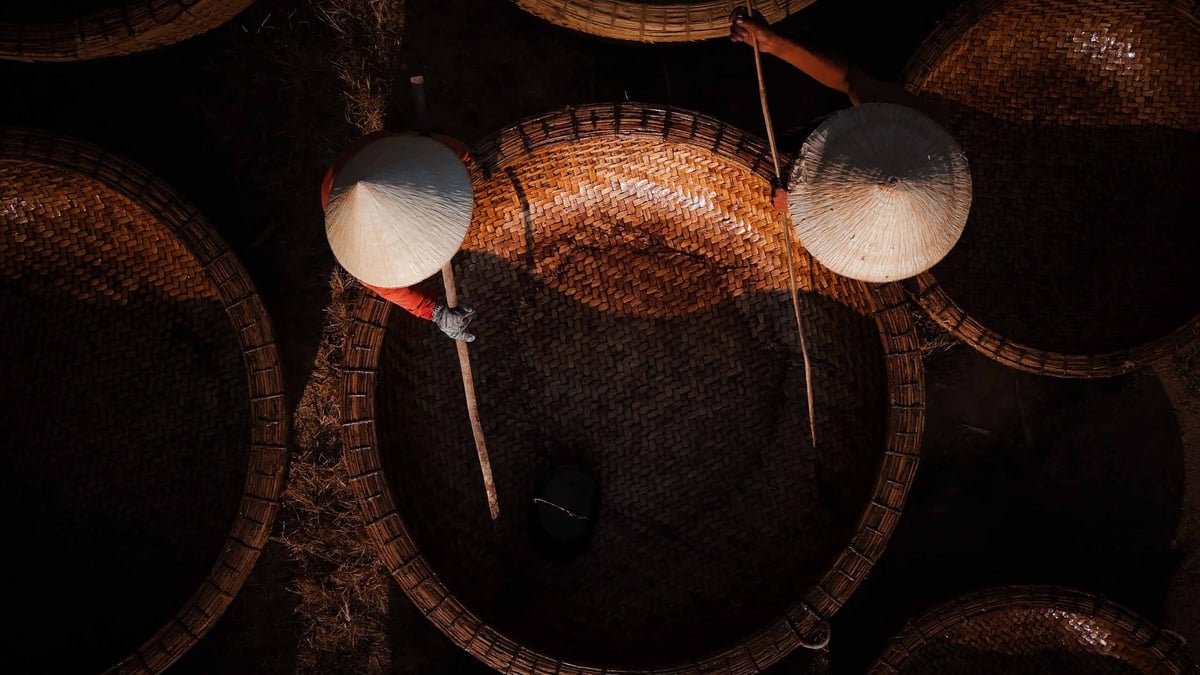


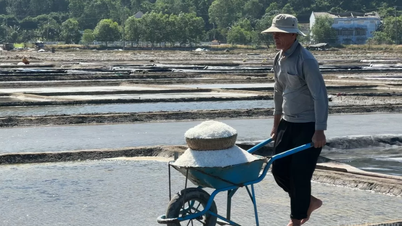

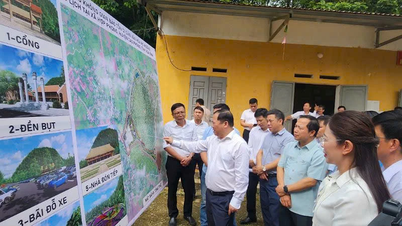

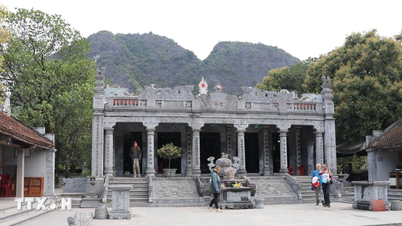
















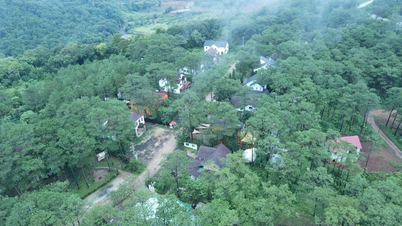

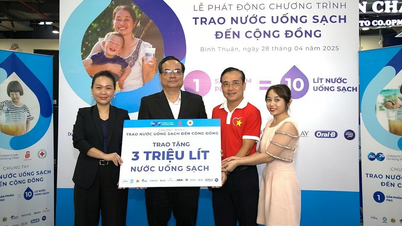


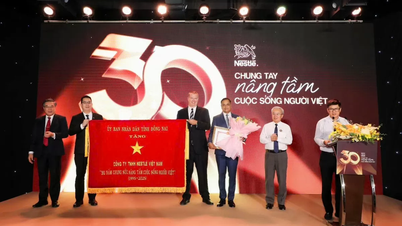




![[Photo] Prime Minister Pham Minh Chinh talks on the phone with Singaporean Prime Minister Lawrence Wong](https://vphoto.vietnam.vn/thumb/402x226/vietnam/resource/IMAGE/2025/5/8/e2eab082d9bc4fc4a360b28fa0ab94de)
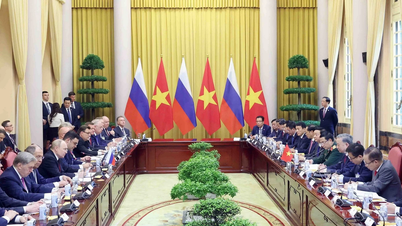
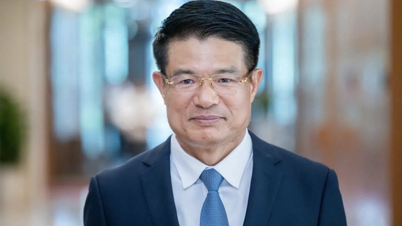









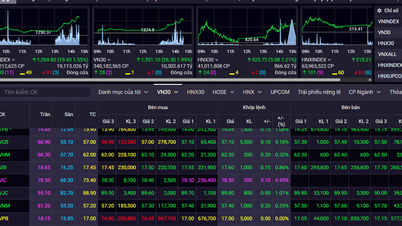







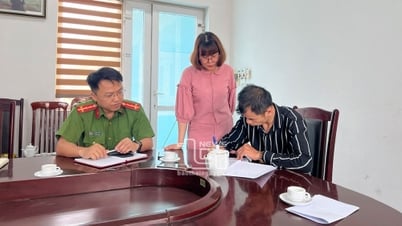







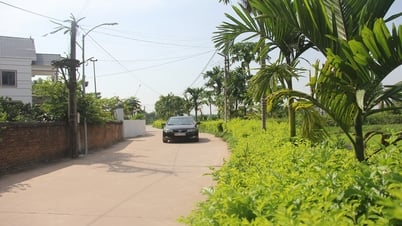





Comment (0)